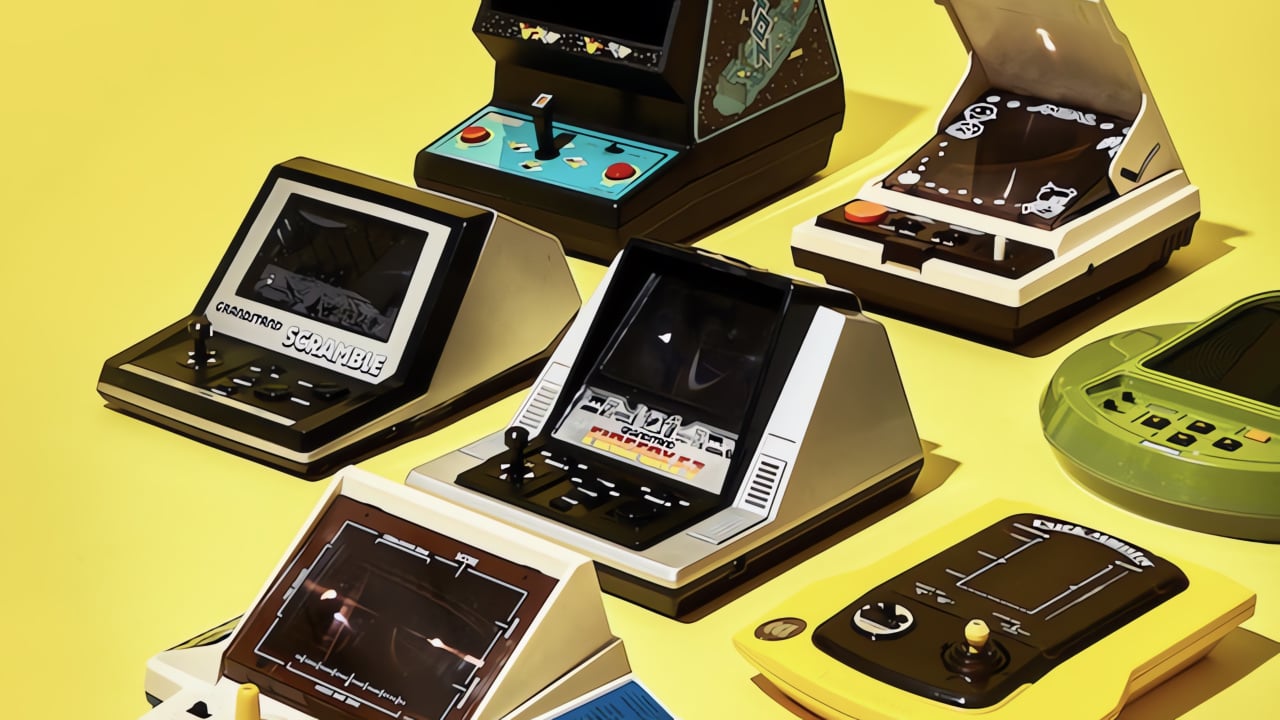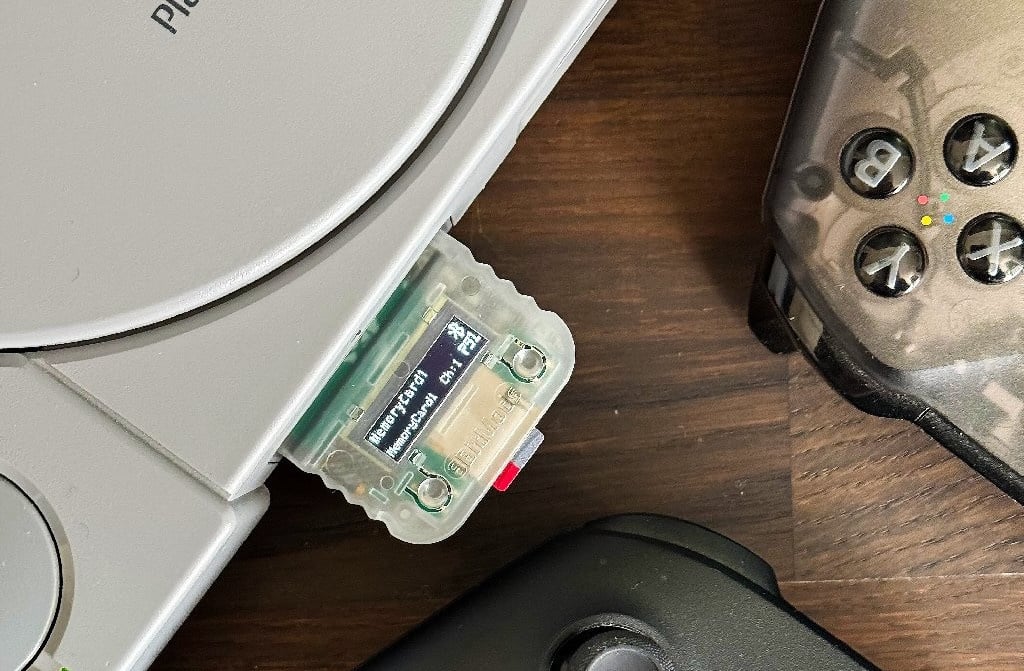Stock up on your C batteries and hit eBay for these beauties.
Home gaming in the 1980s, be that on consoles or home computers, seemed obsessed with achieving a version of arcade quality. Not necessarily in terms of visuals or audio, as the technology wasn’t there yet – there was no way to bring a genuinely arcade-accurate Space Harrier, Rastan or Gradius into the home without actually splashing out on a cabinet and finding room for it. But recreating the feeling of the best that coin-ops could offer, that was a mission that ran through 8- and 16-bit eras, alongside emerging gaming genres built for domestic play, until the mid-1990s really gave players hardware that could closely enough emulate what they’d experienced on nights out with a pocketful of change.
Alongside the incessant stream of compromised arcade ports and shameless clones that came to Atari, Nintendo and Sega systems in the late 1970s and into the 1980s was a procession of dedicated table-top toys that offered players compelling interpretations of hit coin-ops, but on very different technological terms. Similar to Nintendo’s Game & Watch line and other LCD-based playthings, these devices offered a single game (albeit often with different modes) and often used vacuum fluorescent displays for crisp and colourful gameplay.
Read the full article on timeextension.com
Stock up on your C batteries and hit eBay for these beauties.
Home gaming in the 1980s, be that on consoles or home computers, seemed obsessed with achieving a version of arcade quality. Not necessarily in terms of visuals or audio, as the technology wasn’t there yet – there was no way to bring a genuinely arcade-accurate Space Harrier, Rastan or Gradius into the home without actually splashing out on a cabinet and finding room for it. But recreating the feeling of the best that coin-ops could offer, that was a mission that ran through 8- and 16-bit eras, alongside emerging gaming genres built for domestic play, until the mid-1990s really gave players hardware that could closely enough emulate what they’d experienced on nights out with a pocketful of change.
Alongside the incessant stream of compromised arcade ports and shameless clones that came to Atari, Nintendo and Sega systems in the late 1970s and into the 1980s was a procession of dedicated table-top toys that offered players compelling interpretations of hit coin-ops, but on very different technological terms. Similar to Nintendo’s Game & Watch line and other LCD-based playthings, these devices offered a single game (albeit often with different modes) and often used vacuum fluorescent displays for crisp and colourful gameplay.
Read the full article on timeextension.com










